Fruit exports grow strongly
In early May, a batch of 5 tons of Ri6 durian imported officially by TT Meridian Ltd (UK) was distributed to supermarkets in the UK.
Mr. Nguyen Canh Cuong, Counselor of the Vietnamese Trade Office in the UK, said that the superior quality of Ri6 durian combined with the preferential import tax exemption thanks to the Vietnam - UK Free Trade Agreement (UKVFTA) has helped Vietnamese durian gain a competitive advantage in the UK market compared to durian from other countries. Specifically, Vietnamese durian enjoys a preferential tax rate of 0%, while other countries' is 8%. Thanks to that, in addition to durian, many Vietnamese products have a superior competitive advantage in the UK market compared to similar products originating from countries that do not have FTAs with the UK such as China, India, Pakistan, Thailand, Malaysia, Indonesia and South American countries.
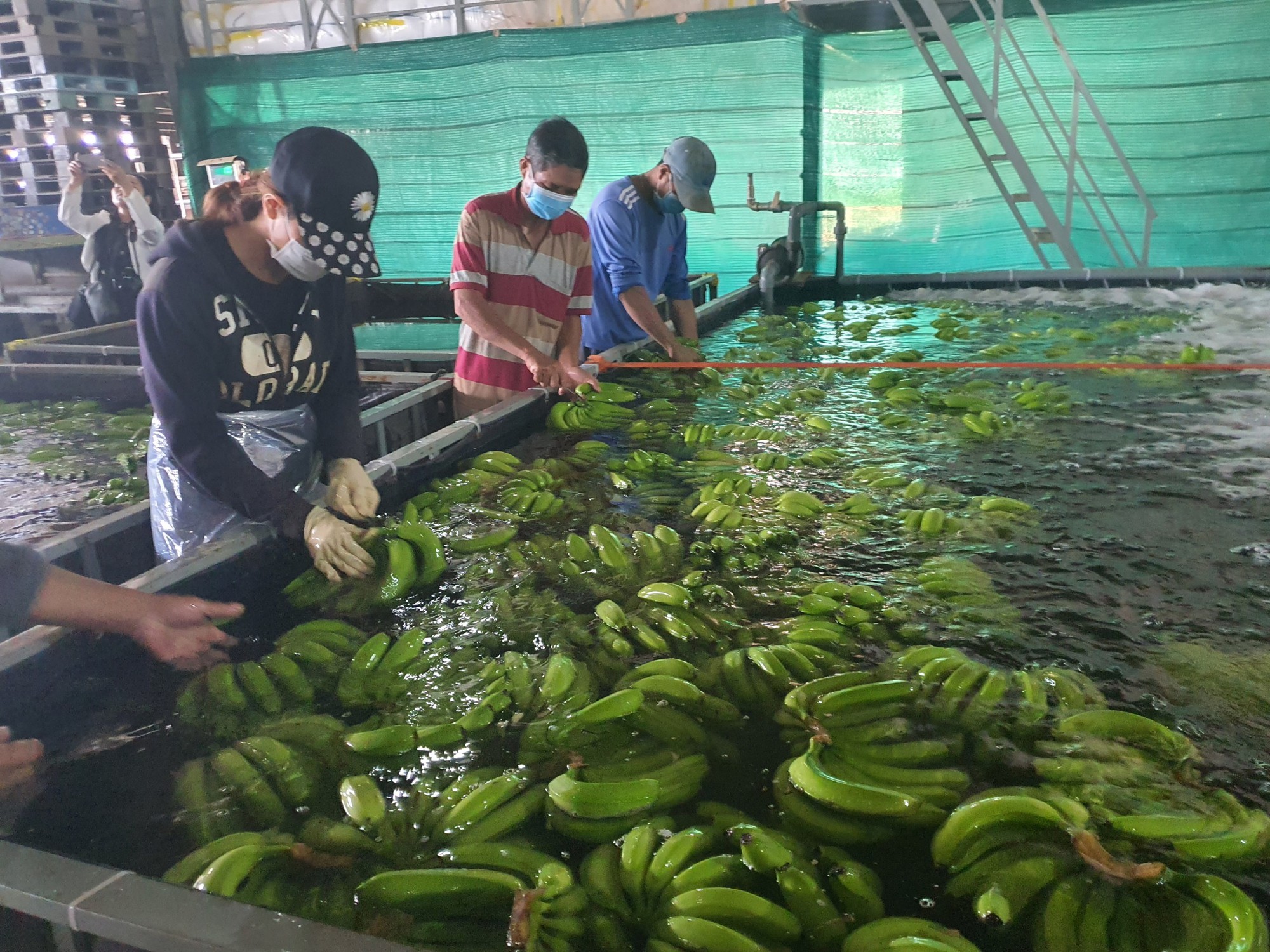
Fruit exports strive to expand markets but still depend mainly on China
In addition to durian, Dien Yen Thuy grapefruit ( Hoa Binh ) was previously officially exported with a volume of 11 tons and was sold for the first time at the Longdan supermarket chain (UK) and received a warm welcome from the Vietnamese community as well as local consumers. At the same time, more than 5 tons of Tan Lac red grapefruit of Fusa Joint Stock Company (Hoa Binh) also arrived in the UK for the first time through the official import channel of Longdan Group.
According to data from the General Department of Customs, fruit export markets are growing strongly compared to the same period in the first quarter of 2022, such as: South Korea reached 47 million USD, up 13%; Japan reached 40 million USD, up 11%; Netherlands reached 32 million USD, up 91%; UAE increased 23% and Malaysia increased 36%.
Mr. Dang Phuc Nguyen, General Secretary of the Vietnam Fruit and Vegetable Association, commented: "We often talk about Thai fruits "flooding" the Vietnamese market, but if we look at the customs figures, we will see the opposite. In the first 3 months of this year, we only imported from them
8.4 million USD, mainly products such as longan, mangosteen, durian, tamarind... But in the opposite direction, we exported to them up to 22.5 million USD. This shows that Vietnamese fruits and vegetables are still competing well with Thai products right on their land."
Despite the growth in demanding markets around the world , Vietnamese fruits and vegetables are still dependent on the Chinese market due to geographical advantages and short shelf life. Responding to Thanh Nien, Mr. Nguyen Dinh Tung, General Director of Vina T&T Import-Export Company, said: "The export situation of fruits and vegetables in the first months of the year is very positive, with high demand and steady growth in many different markets. But in reality, in terms of market share and growth, China is still the largest consumer of Vietnamese fruits and vegetables. Specifically, fruit and vegetable exports to China in the first months of the year reached 576 million USD, up 27% over the same period last year; accounting for 59-60% of the total export of Vietnamese fruits and vegetables."
Ms. Nguyen Thuy Thuan, Director of Thanh Long Tea Company (HCMC), also confided: "Last year, when China closed its borders, we tried to explore more dragon fruit consumption markets in the Middle East such as UAE, Bangladesh... However, this year, China has returned to the market, prices have increased, so we only focus on selling to customers in this country, while other markets are not as profitable."
Durian and dragon fruit flock to China
According to the Ministry of Agriculture and Rural Development, in the first 3 months of the year, durian has not entered the main season, so exports are only moderate. Entering April and May, the durian supply will start to increase, so it is expected that exports of this product will explode in the coming time.
Accordingly, although it is not yet the main season, in the first 3 months of 2023, Vietnam's durian exports have increased sharply. In the Chinese market alone, the export value of durian is equivalent to that of dragon fruit, with a proportion of 23%; and in general, the proportion of durian is 16% and dragon fruit is 17%. Customs data shows that in the first quarter of 2023, Vietnam's durian export turnover reached 153 million USD, an increase of more than 8.3 times compared to the same period in 2022, with the Chinese market alone accounting for 87% of the market share with nearly 134 million USD.
Regarding dragon fruit, in the past 2 weeks, many traders in Long An and Tien Giang have been actively hunting for dragon fruit to supply to export enterprises. Some traders said that the price of dragon fruit is currently increasing because the Chinese market is in high demand. Red-fleshed dragon fruit, grade 1, is being purchased by traders from gardens at 42,000 VND/kg; grade 2 dragon fruit is at 37,000 VND/kg, and grade 3 is at 32,000 VND/kg. For white-fleshed dragon fruit, the current price is over 20,000 VND/kg. With this price, dragon fruit growers earn large profits, because currently the cost of growing dragon fruit under lights is around 15,000 VND/kg, and if grown in season, it is around 10,000 VND/kg.
Mr. Dang Phuc Nguyen analyzed: "Currently, dragon fruit is still dependent on the Chinese market. When China buys a lot, the price goes up and vice versa. When China does not buy, the price goes down. From before Tet to Thanh Minh festival (March of the lunar calendar) is the peak consumption season of dragon fruit in China, because this is the fruit that Chinese people really like to use in offerings. Domestic dragon fruit production at this time is not much, so it is in high demand and the price is high, but in about a month, Vietnam will enter the harvest season and it will also coincide with China's dragon fruit season, which lasts from May to December, so the price of dragon fruit will likely decrease."
Mr. Tran Ngoc Hiep, Director of Thanh Long Hoang Hau Company Limited, Vice President of Vietnam Fruit Association (Vinafruit), said: "Recently, dragon fruit exports to India and Thailand have also increased significantly. In addition, high-end markets such as Japan, Korea and the EU are still developing steadily. This is due to the efforts of businesses in constantly searching for and expanding markets. However, the selling price still depends a lot on the Chinese market. We are recommending that people should change the harvest time to avoid the Chinese crop season, helping to limit losses due to falling prices and making competition more favorable."
According to the recommendations of the Ministry of Agriculture and Rural Development, China is gradually tightening unofficial imports and shifting to official channels, in addition to requiring higher quality of fruits and vegetables. Therefore, farmers and businesses must strictly comply with and control the codes of growing areas and packaging facilities to protect and enhance the reputation of their products.
According to Vinafruit leaders, besides dragon fruit, many other Vietnamese fruits and vegetables are being exported very favorably, such as durian, banana, jackfruit, mango, passion fruit, etc., and most recently, sweet potatoes and taro. After the first official shipments of sweet potatoes were exported to China, farmers are now selling all their harvests.
"Many businesses processing dried sweet potatoes and taro said they are lacking raw materials because farmers are prioritizing sales to export businesses. Fruit and vegetable exports are forecast to continue to grow strongly in the second quarter of 2023, with a potential growth of over 10% and the whole year of 2023 could reach 4 billion USD, equivalent to an increase of 20% compared to 2022. Durian products alone are likely to reach a turnover of 1 billion USD in 2023."
According to Mr. Dang Phuc Nguyen, Vietnam's mango exports this year are quite good but they "collide" with Cambodian mangoes. Cambodian mangoes are mainly Keo mangoes with very competitive prices. According to Chinese traders, Vietnamese mangoes, especially Hoa Loc mangoes, although very delicious, are too expensive so they have not reached a large number of consumers. The second important thing is that due to the characteristics of Hoa Loc mangoes, they have thin skin, ripen quickly and ripen simultaneously, while Vietnam's harvesting and preservation technology is still limited. Because of these limitations, Hoa Loc mangoes have not penetrated deep into China but only in localities near the border area.
Source link








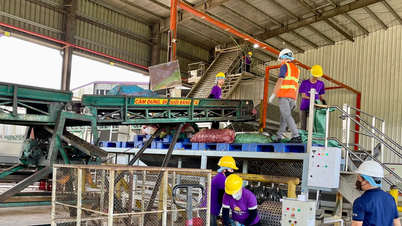



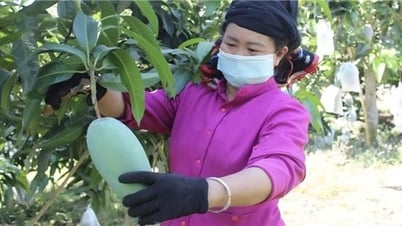



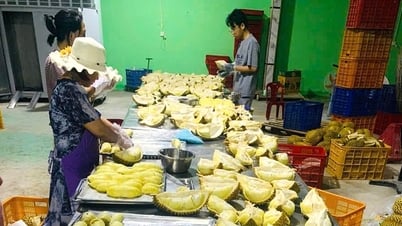



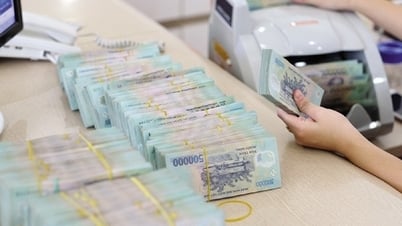
























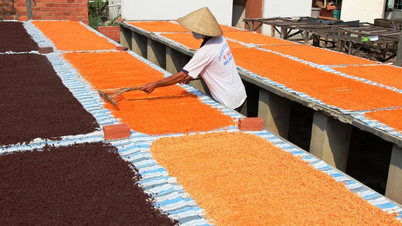

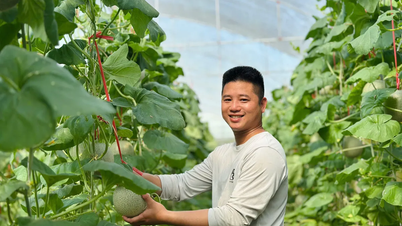





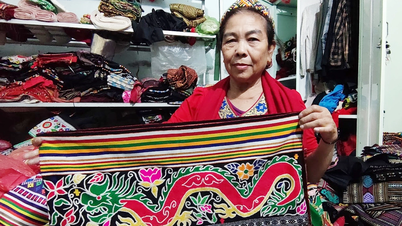








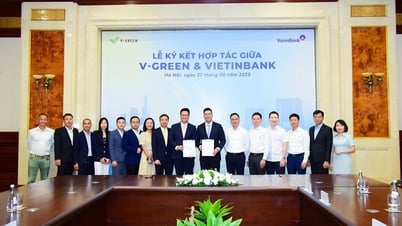




















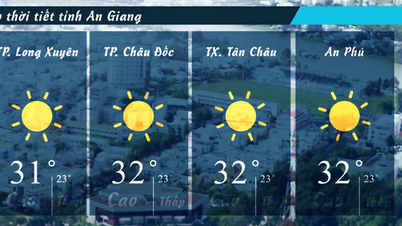




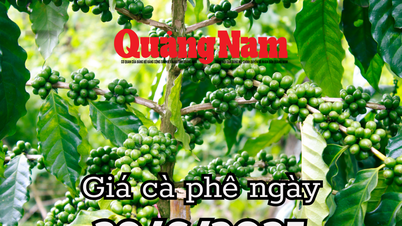

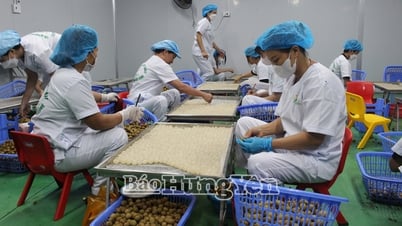



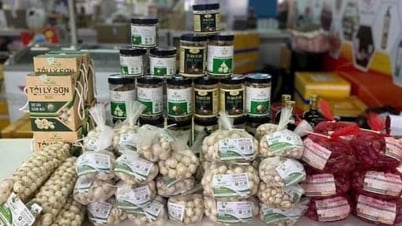

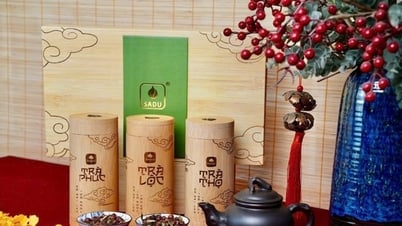

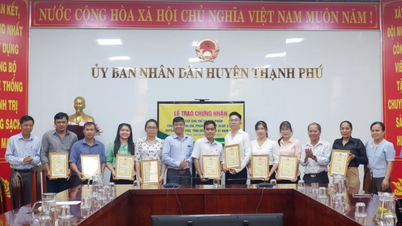







Comment (0)